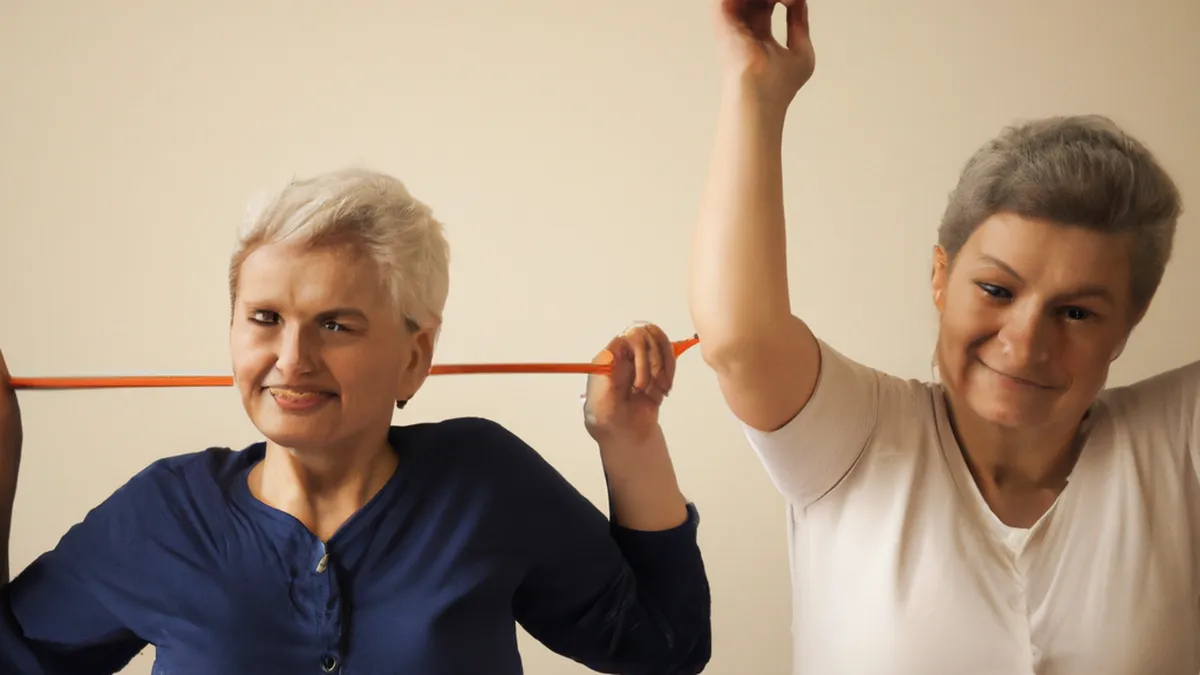Mind-Body Connection in Older Fitness
Fitness Programs for Older Adults: Staying Active and Healthy
Aging requires us to maintain an active lifestyle for our health and well-being. Regular physical activity improves our quality of life, reduces chronic disease risk, and enhances mental health. Fitness programs for older adults focus on strength, balance, flexibility, and cardiovascular health. These programs promote physical fitness and foster social interactions, essential for emotional well-being. This blog post explores fitness options for older adults, tips for starting, and benefits of staying active.
The Importance of Staying Active
Aging causes natural changes in our bodies. We experience muscle mass decline, decreased bone density, and reduced joint flexibility. These changes increase the risk of falls, fractures, and chronic conditions like heart disease and diabetes. Regular physical activity counters many of these effects. The Centers for Disease Control and Prevention (CDC) recommends at least 150 minutes of moderate-intensity aerobic activity weekly, plus strength training twice a week.
Tips for Starting a Fitness Program
Consult Your Doctor
Always consult your healthcare provider before starting any new fitness regimen. They can assess your health status and recommend safe activities tailored to your needs. This step is crucial if you have pre-existing conditions like arthritis, heart disease, or diabetes.
Start Slowly
Ease into any new exercise routine. Begin with low-impact activities like walking, swimming, or gentle yoga. Start with 10-15 minutes of activity and gradually increase duration and intensity as your fitness improves.
Set Realistic Goals
Set achievable goals to maintain motivation. Focus on short-term milestones, like walking for 10 minutes daily or attending a weekly class. Celebrate each accomplishment, no matter how small, to reinforce motivation and focus on your health journey.
Types of Fitness Programs for Older Adults
Group Classes
Participating in group exercise classes can be fun and motivating. Many fitness and community centers offer classes designed for older adults, such as low-impact aerobics, chair yoga, and tai chi. These classes provide a supportive environment to learn new skills and connect with others. The social aspect fosters friendships and camaraderie among participants.
Personal Training
For a more individualized approach, consider hiring a personal trainer with experience working with seniors. A certified trainer can create a tailored program that meets your specific needs and goals. They will guide you through exercises, ensuring you use proper form to avoid injury.
Conclusion
As an Amazon Associate I earn from qualifying purchases.
Gear tip: consider compression socks, protein bars, and compression sleeves to support this topic.
Staying active holds numerous benefits for older adults. Engaging in fitness programs enhances physical health, emotional well-being, and social connections.
Below are related products based on this post:
FAQ
Why is staying active important for older adults?
Staying active is crucial for older adults as it improves quality of life and reduces the risk of chronic diseases. Regular physical activity helps counteract natural age-related changes in the body, such as muscle mass decline and decreased bone density, thus lowering the risk of falls and other health issues.
What are some tips for starting a fitness program?
It’s essential to consult your doctor before beginning any new fitness regimen to ensure safety. Starting slowly with low-impact activities and setting realistic goals can help maintain motivation and gradually improve fitness levels.
What types of fitness programs are available for older adults?
Older adults can benefit from various fitness programs, including group classes like low-impact aerobics and chair yoga, which foster social interactions. Additionally, personal training offers a tailored approach, allowing seniors to work with trainers experienced in meeting their specific needs and goals.















Post Comment